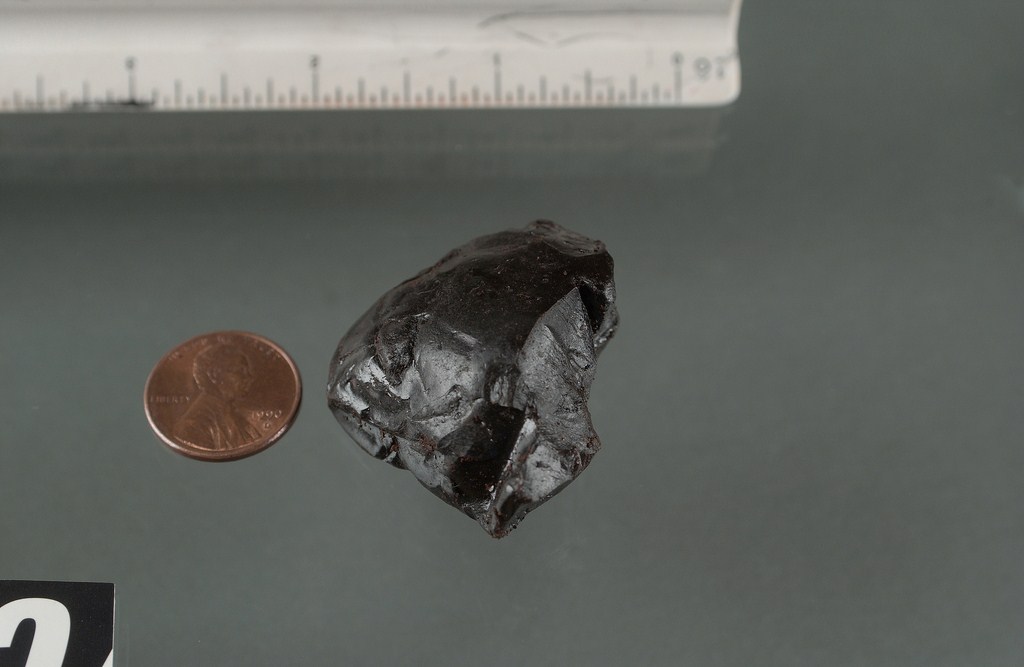Opium is a highly addictive non-synthetic narcotic that is extracted from the poppy plant, Papaver somniferum. The opium poppy is the key source for many narcotics, including morphine, codeine, and heroin.
What are the street names?
Ah-pen-yen, Aunti, Aunti Emma, Big O, Black pill, Chandoo, Chandu, Chinese Molasses, Chinese Tobacco, Dopium, Dover's Powder, Dream Gun, Dream Stick, Dreams, Easing Powder, Fi-do-nie, Gee, God's Medicine, Gondola, Goric, Great Tobacco, Guma, Hop/hops, Joy Plant, Midnight Oil, Mira, O, O.P., Ope, Pen Yan, Pin Gon, Pox, Skee, Toxy, Toys, When-shee, Ze, Zero
What does this drug look like?
Opium can be a liquid, solid, or powder, but most poppy straw concentrate is available commercially as a fine brownish powder.
How is this drug abused?
Opium can be smoked, intravenously injected, or taken in pill form. Opium is also abused in combination with other drugs. For example, "Black" is a combination of marijuana, opium, and methamphetamine, and "Buddha" is potent marijuana spiked with opium.
How does this drug affect the mind?
The intensity of opium's euphoric effects on the brain depends on the dose and route of administration. It works quickly when smoked because the opiate chemicals pass into the lungs, where they are quickly absorbed and then sent to the brain. An opium "high" is very similar to a heroin "high"; users experience a euphoric rush, followed by relaxation and the relief of physical pain.
How does this drug affect the body?
Opium inhibits muscle movement in the bowels leading to constipation. It also can dry out the mouth and mucous membranes in the nose. Opium use leads to physical and psychological dependence, and can lead to overdose.
What drugs cause similar effects?
Drugs that cause similar effects include: morphine, codeine, heroin, methadone, hydroquinone, fentanyl, and oxycodone.
What are the overdose effects?
Overdose effects include: slow breathing, seizures, dizziness, weakness, loss of consciousness, coma, and possible death.
What is the legal status in the United States?
Opium is a Schedule II drug under the Controlled Substances Act. Most opioids are Schedule II, III, IV, or V drugs. Some drugs that are derived from opium, such as heroin, are Schedule I drugs.
What are the common places of origin?
The poppy plant, Papaver somniferum, is the source of opium. It was grown in the Mediterranean region as early as 5,000 B.C., and has since been cultivated in a number of countries throughout the world. The milky fluid that seeps from its incisions in the unripe seed pod of this poppy has been scraped by hand and air-dried to produce what is known as opium. A more modern method of harvesting for pharmaceutical use is by the industrial poppy straw process of extracting alkaloids from the mature dried plant (concentrate of poppy straw). All opium and poppy straw used for pharmaceutical products are imported into the United States from legitimate sources in regulated countries.